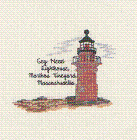

In the year 1903, the keeper of Pemaquid Point Light was Captain Clarence Marr, a life saver of long experience and the hero of many spectacular rescues. On the afternoon of September 16, dense fog lifted suddenly to disclose a stormy, dangerous sky, and the wind began to breeze up from the south-southwest. Captain Poole, skipper of the fishing schooner, "George F. Edmonds" miscalculated the drift of this schooner into Lighthouse Cove during the height of the storm--he and 13 crewmen perished.
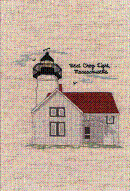
In 1938, the worst hurricane of the 20th century swept through New England. The keeper, Howard Beebe, reported that the storm had "washed out everything." In the early morning hours, the engine quit, but the light kept working. Waves came through the second floor and 11 tons of coal washed out of the basement

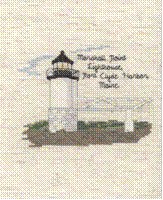
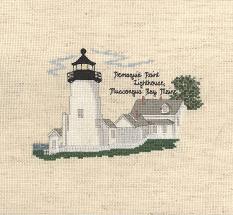
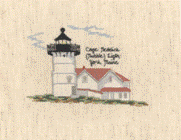

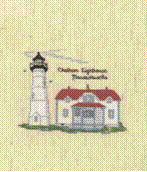
"The smell of the salt, the sting of the spray
The icy wind that bites
The breaking of the dawn, the lighting of the day
And black New England nights"
~excerpt from a
poem by Jeannette Lee Haskins, daughter of Keeper Archford Haskins